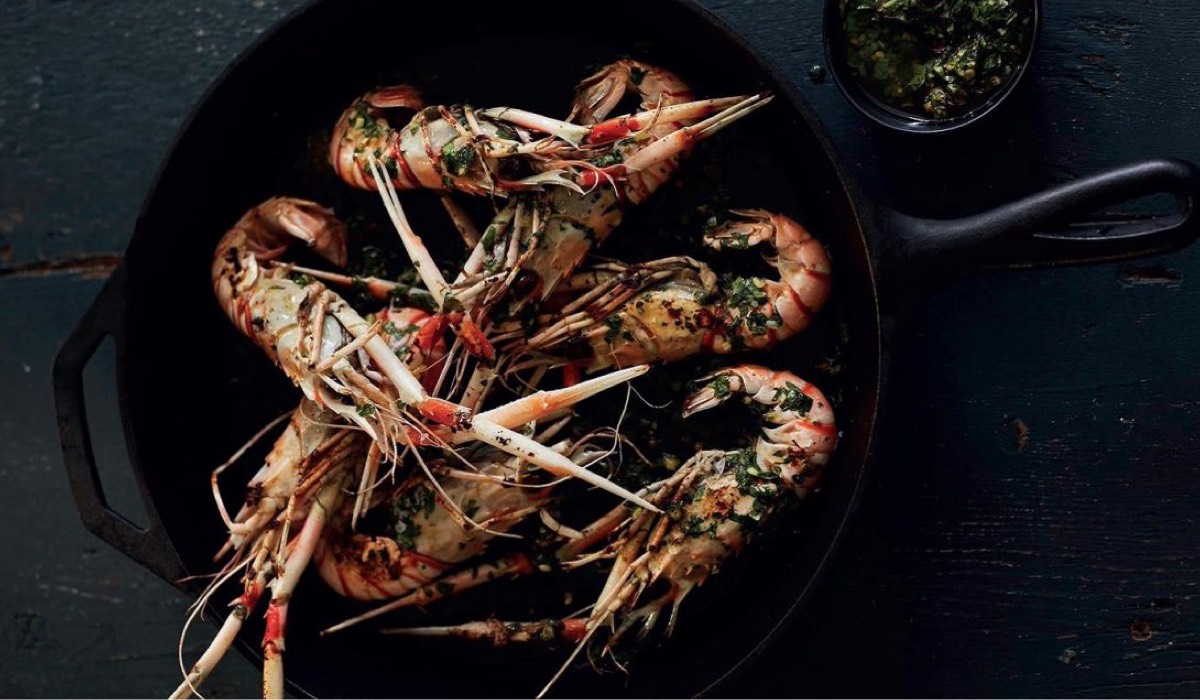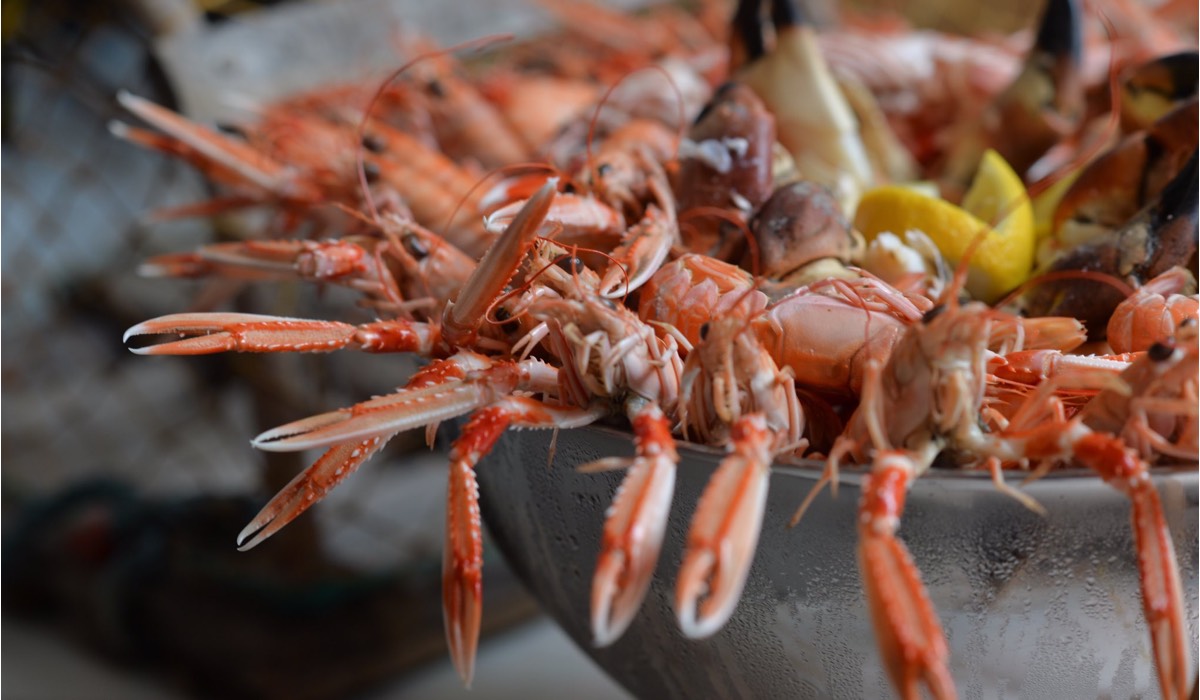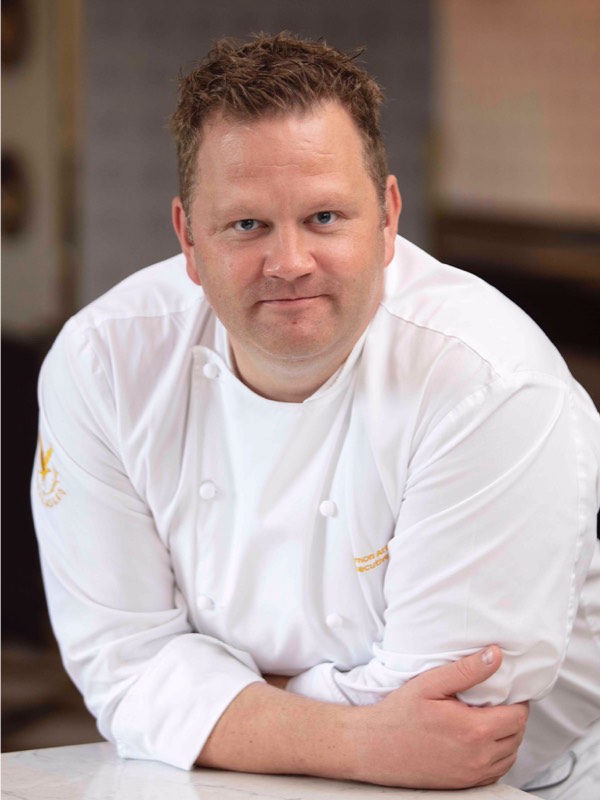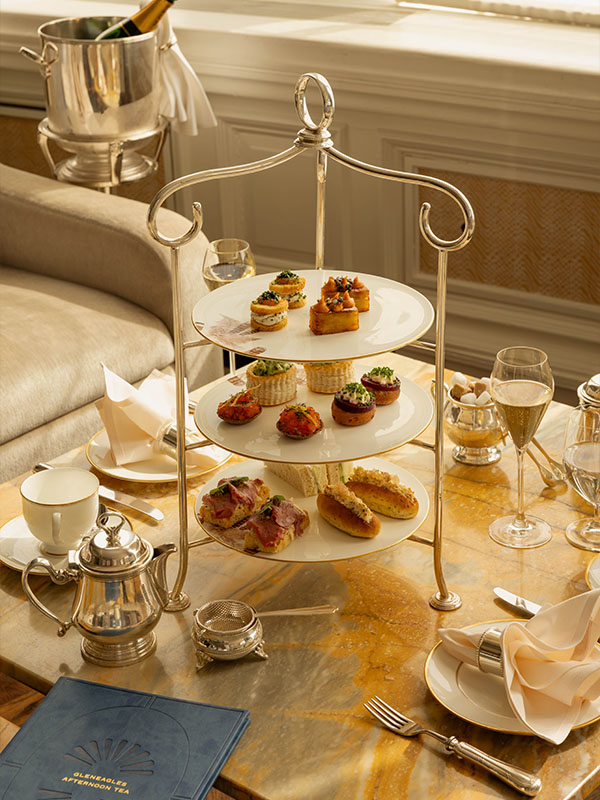In the noise and hubbub of the Strathearn kitchen – amidst pots of steaming stock, rows of silver cloches, and trays of prepared mise en place – Gleneagles’ new Executive Chef, Simon Attridge, is shelling a pile of orangey-pink langoustines for dinner service.
“The sight of a box of live, extra-large langoustines in a kitchen at first light is a vision of beauty for any chef,” he says. “For me, they’re the most beautiful and delicious of all the Scottish shellfish, and preparing them is one of my favourite kitchen rituals,” he explains, pressing down on a langoustine tail until the shell makes a satisfying crack.
That Scotland’s most beautiful crustacean was, for decades, mostly battered, deep fried and served up in pubs as ‘scampi and chips’ is a mystery to Attridge. “Langoustines are sweet like lobster, but more delicate, so they shouldn’t be messed around with too much or mixed with too many complex flavours – the clean, simple flavours of lemon, apple or truffle work well.”







